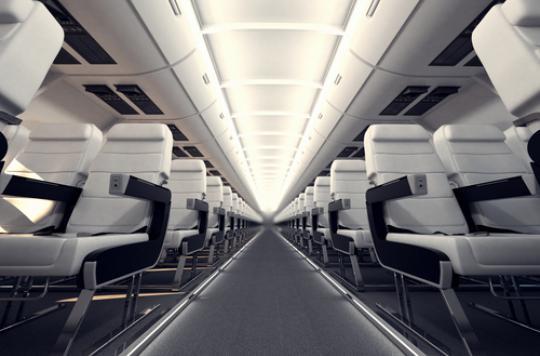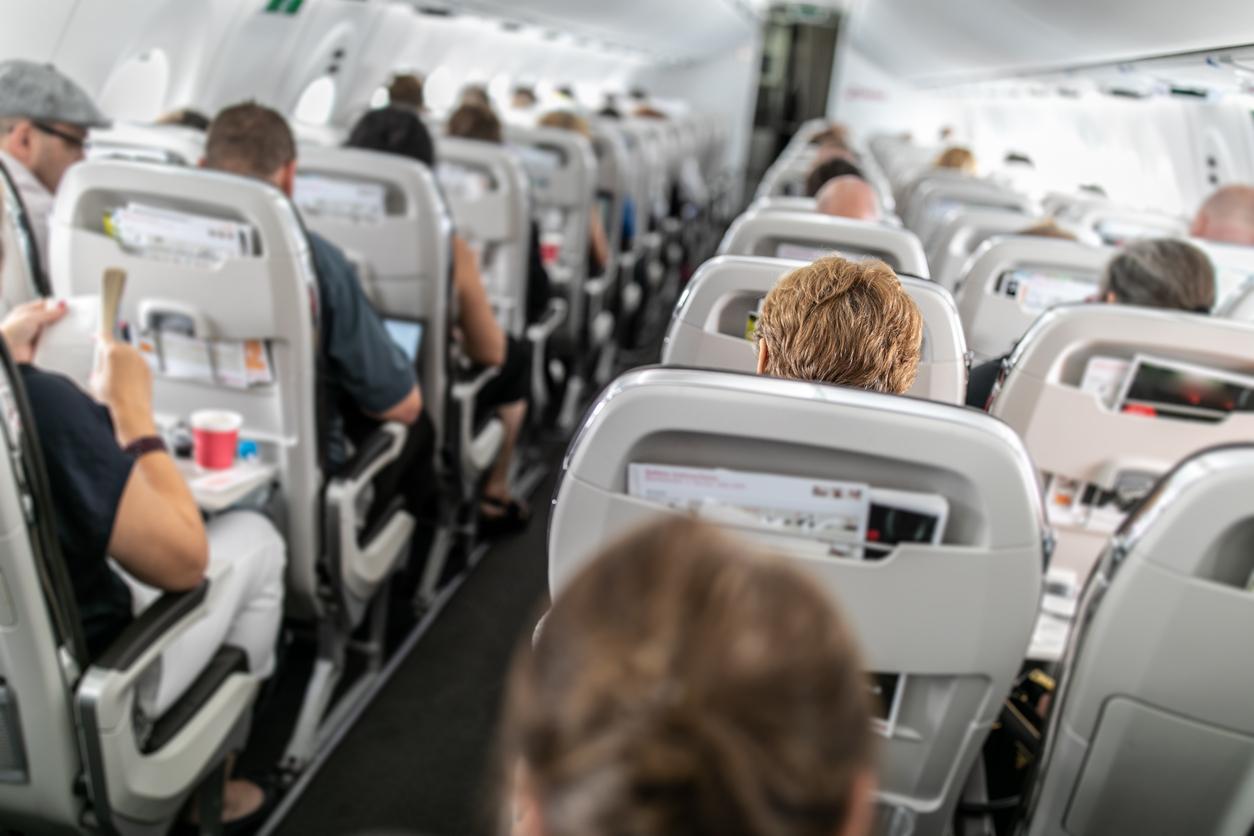A pilot decided to file a complaint against his airline. He considers himself a victim of exposure to chemical agents in the cabin, a phenomenon that is still difficult to establish.

Is the air in airplane cabins toxic? In the community, the question has been raised very seriously and for years. Today she returns to the front of the stage, while an EasyJet captain announced his willingness to file a complaint against X “for involuntary attacks on physical integrity, endangering the lives of others and deception on air quality ”.
The facts are related by the Sunday Newspaper. The 53-year-old man suffers from various disorders (nausea, gastroenteritis, fatigue, hyperventilation, etc.) which he attributes to exposure to toxic substances contained in the ventilation system of airplanes.
Smell of “wet socks”
In fact, to allow passengers to breathe at cruising altitude, hot air is sent to the cabin through jet engines. However, motor oil contains organophosphates, such as tricresyl phosphate (TCP), a powerful neurotoxicant. If leaks occur, heated oil will release potentially toxic smoke. This phenomenon, known as the “smoke incident”, requires a quick landing.
In France, but also in England and Germany, members of the flight crew complain about the recurrence of these incidents, which do not always generate smoke and can thus go unnoticed.
On his site, the SNPNC (National Union of Commercial Navigating Personnel) explains that the phenomenon can manifest itself in the form of an odor of “wet socks”, “wet dog”, “vomit”, which however remains invisible.
“On certain types of aircraft, crews report that they feel the fumes to some extent on each flight and that the definition of” smoke incident “is not appropriate, and therefore does not provide an answer. quantitative which corresponds to reality ”, writes the SNPNC, which campaigns for the recognition of this“ disease ”baptized“ aerotoxic syndrome ”.
Poor studies
In June 2015, the EASA (European Aviation Safety Agency) asked German researchers to investigate the air quality of 60 commercial flights. The work, which is still ongoing, began a few months after the legal action launched by the British union Unite against several airlines on behalf of 17 crew members who were allegedly poisoned by the residues in the air of the cabins.
In France, the Aeronautics and Space Standardization Bureau (BNAE) is working on the issue. So far, the works do not seem to have yielded anything. “With pharmacist-chemists, we carried out measurements and we did not detect any traces of tricresyl phosphate in the cabin,” explains Henri Marotte, director of capacity at Médecine Aéronautique de Paris and specialist in aerospace physiology, in charge of the work.
This conclusion is widely disputed by the people who complain about this syndrome, and by the unions who defend them. “We are asked to change our tools which are not sensitive enough, but we do not know how to do otherwise; these tools are also considered effective, ”insists Henri Marotte.
The other difficulty is the wide spectrum of symptoms described by flight crew members. “It goes from nausea to the feeling of fatigue through kidney problems, nothing is systematized … The neurotoxic syndrome is the creme pie of Western aviation”, concludes Henri Marotte, who denies “Any compromise with the manufacturers”: “I changed the pressurization of the cabins of a large European company because the pressure was too high and posed a health risk to the flight crew; but in the case of the neurotoxic syndrome, no epidemiological data allows to establish anything ”.
Aviation asbestos?
Quoted by the JDD, the plaintiff’s lawyer, the former judge Marie-Odile Bertella-Geffroy, responsible in particular for the investigation of the asbestos case in France, considers that “the causal link is still very difficult to prove. But we must remember that the asbestos manufacturers have denied the risks for years. We now know that this insulator has caused hundreds of thousands of deaths and illnesses… Only a criminal investigation will make it possible to obtain the samples that are impossible to obtain ”.
.















